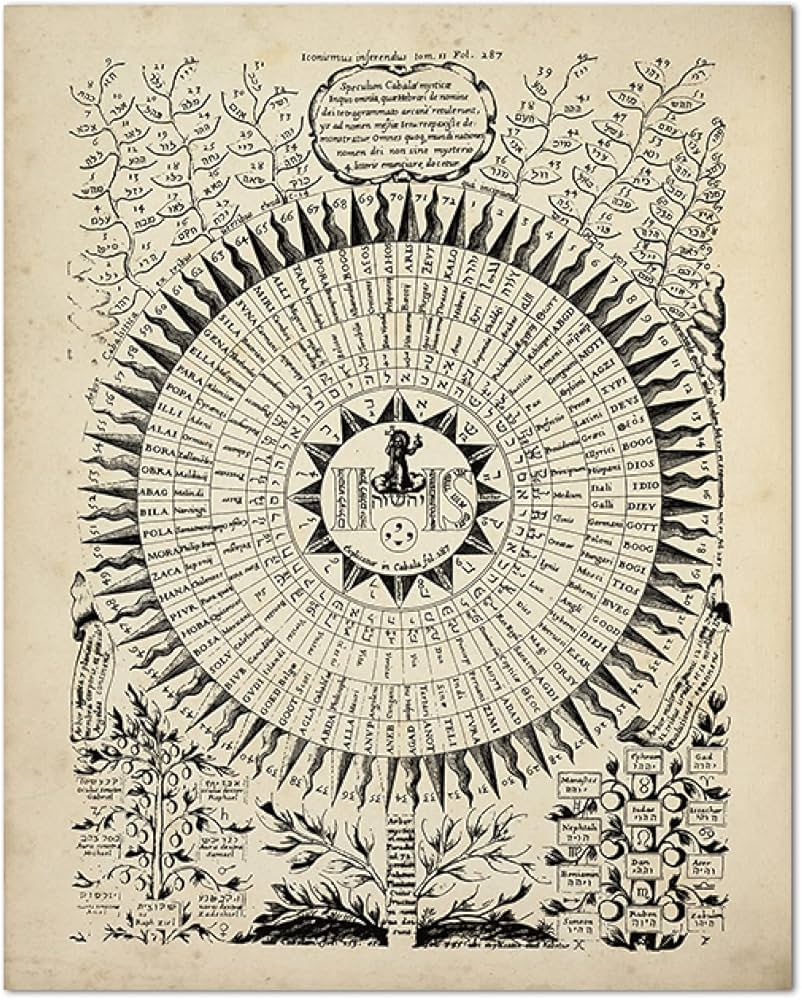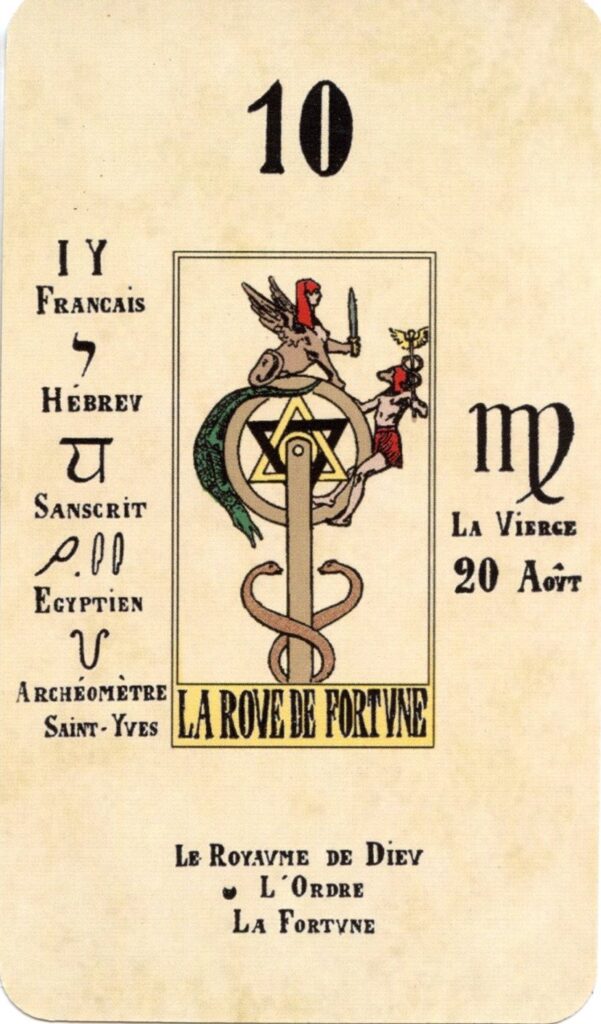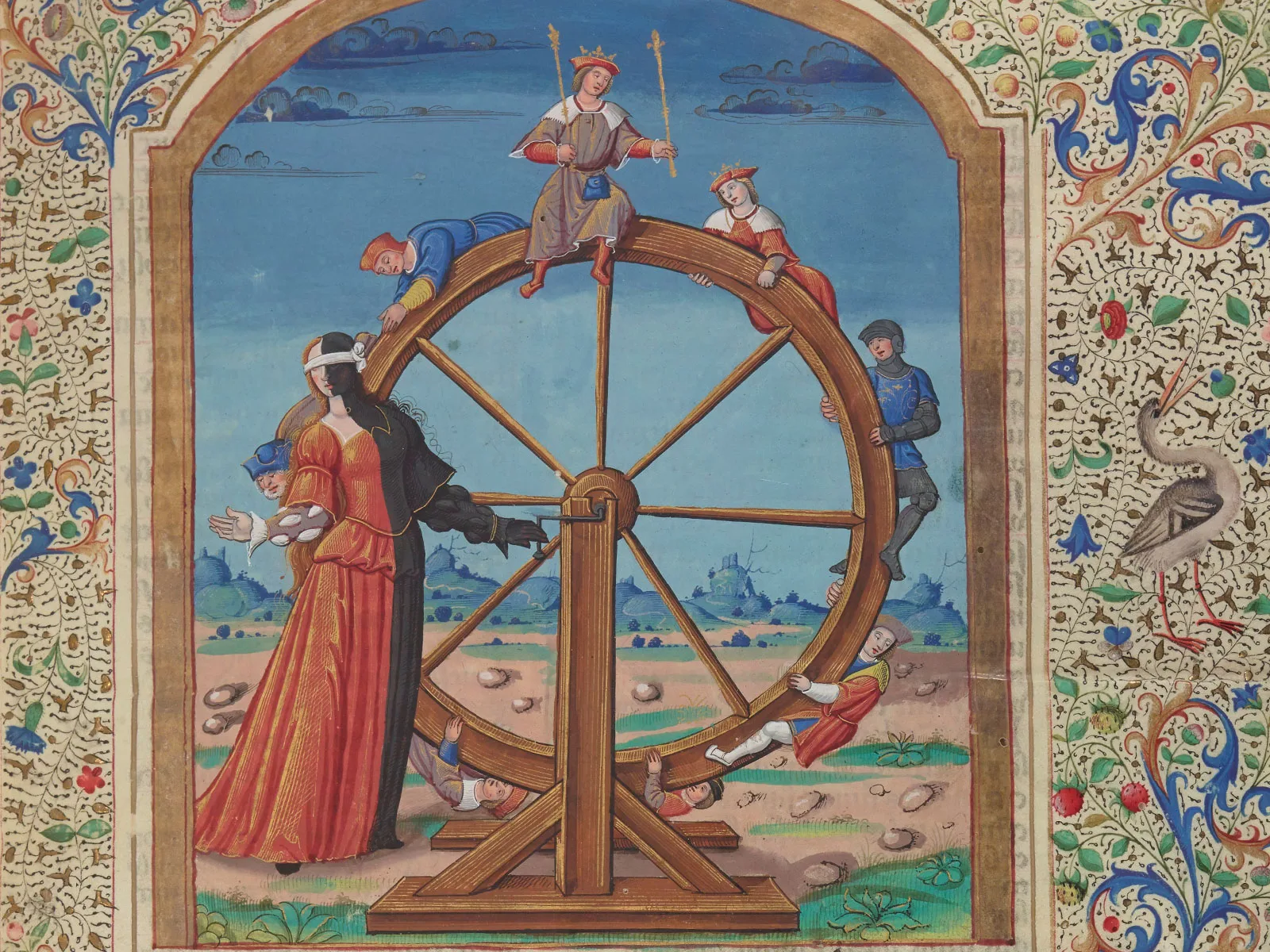The soul moves in circles. It descends, forgets, and rises again through the long geometry of time. Every civilisation that looked at death saw this motion turning behind the veil of the world. The wheel repeats itself through Egypt, India, Greece, or the secret heart of Israel, pointing to the same transmigration. Its revolutions are the schooling of the Spirit; the apparent prison through which light learns its own density.
I. The Wheel and the Fire of Return
The earliest temples of the Nile already spoke of the soul as a traveller within the circuit of the sun. The Egyptians imagined Ra sailing his golden barque through the day sky and descending each night into the duat. There the solar spirit confronted the powers of dissolution before being reborn at dawn. To live and to die were phases of one rotation. The human being, image of the solar god, followed the same itinerary. After death the Ba entered the underworld, crossed its gates, and, if still unpurified, returned once more to the body. It pedagogy. Each return was a further turning of the spiral until the being became akh, the luminous spirit united with Ra.
The Indian sages drew the same circle and called it samsara, the wandering of the worlds. The Greek initiates spoke of the soul drinking from the river Lethe, forgetting its origin before re-entering flesh. The Kabbalists named it gilgul, the rolling of souls through matter. Even within the Gospel of John the same secret turning is hinted. When the disciples, seeing a man blind from birth, ask, “Rabbi, who sinned, this man or his parents, that he was born blind?” (John 9:2), their question presumes the soul’s pre-existence, the possibility of fault or merit before birth.
All point to a single figure: the wheel of becoming whose spokes are births and deaths. What differs is the interpretation of escape. For Egypt the goal was to leave the boat and rise with the sun. For the East it was liberation from craving. For Israel and the later hermetic current it was reintegration: not flight from creation but its illumination from within. The circle exists so that the centre may awaken.
II. The Word that Rolls
The Hebrew גִּלְגּוּל (gilgul) descends from the root ג־ל־ל (g-l-l), meaning to roll, revolve, turn, or roll away a stone. From it spring words that speak of motion and enclosure: galal – to roll; galil – a circle or district, source of the name Galilee; gulgólet – skull, the roundness of the head, from which comes Golgotha, the place of the skull. The same consonants form a chain of meanings: wheel, region, cranium, tomb. To roll the stone from the sepulchre is to begin the resurrection.
In gematria, gilgul equals 72. ג (3) + ל (30) + ג (3) + ו (6) + ל (30). The number opens an entire circular cosmology. Seventy-two are the Names drawn from Exodus, the Shem ha-meforash, each a ray of the hidden Sun. Tradition divides the zodiacal circle of three hundred and sixty degrees into seventy-two sectors of five degrees, each guarded by one of these intelligences. The wheel of the heavens becomes the wheel of the Names.
This number 72 folds upon itself. The seventy-two divide by half into the thirty-six decanic spirits that mark the degrees of the zodiacal circle. In the hermetic language of the stars, these thirty-six decans are the inner faces of time, the unseen governors of each ten-degree span through which the Sun advances.
In Jewish mysticism the same count appears in another mirror: the thirty-six Just Men, the Lamed-Vav Tzadikim (ל״ו צדיקים), whose hidden righteousness sustains the world from age to age. The correspondence is deliberate. The decans are to the heavens what the Tzadikim are to the earth, channels of equilibrium, silent pillars that uphold creation. Each decan reflects a just, righteous one, and together they form the mediating architecture between the divine Names and the incarnate world, the celestial and the human halves of the same revolving mystery.

Every passage of the soul through the zodiac is a meeting with one of them, an initiation through the speech of light. Yet the same number governs the seventy-two spirits of the Lemegeton, their shadows cast in the sublunar world. To turn through gilgul is to cross both angel and demon, ascent and fall, until the word behind them becomes audible again. The circle is composed of seventy-two vibrations revolving around the Name unspoken.
The etymology itself mirrors the mystery. Galilee, the circle where the revelation begins. Golgotha, the skull where the circle ends. Between them rolls the entire ministry of incarnation: from the water of baptism to the stone rolled away. The journey of gilgul is the rotation of consciousness between these two roundnesses: the head that receives the Word and the skull that releases it.
III. The Axis and the Rose
To move endlessly without centre is torment. The soul repeats its seasons until it perceives the still point hidden in the wheel. The hermetic tradition called that immobile heart the axis mundi; the mystics called it Christ within. The aim is not to stop the wheel but to know oneself as its axis. When the centre awakens, the revolutions continue but lose their tyranny. Time becomes transparent.
The Tarot names this lesson the Wheel of Fortune. Its letter is Kaph, the open hand of Jupiter, lord of cosmic expansion and wisdom, the same hand that shapes the world. In certain hermetic and platonic streams, Jupiter is the demiurgic craftsman, the benevolent mind that orders the chaos of matter through proportion and harmony. His hand is invisible, incessant, tracing the orbits, holding the rhythm of all things. What seems accident is the geometry of his art.
As the tenth Major Arcanum, the Wheel also reflects the theosophical sum of one, two, three, and four, the sacred Tetraktys of Pythagoras. It gathers the point, the line, the plane, and the solid into a single returning unity, completing the cycle of manifestation. The hand of Kaph is the architect of order, the power that holds the four elements in harmonic rotation. Through the number ten the circle of the cosmos closes and, within that closure, the Divine craftsman recognises his own design turning in endless equilibrium.
To find the centre of this rotation is to recognise that this hand has always moved within. The wheel turns because the artisan breathes. The open palm of Kaph is the world’s motion and the soul’s capacity to shape it. Jupiter governs law through generosity, rhythm through grace. When the inner consciousness awakens, it discovers that the demiurge it once imagined in the heavens is the same reason alive at its core. The hand that turns the wheel and the eye that perceives it are one and the same.

The Rose blooms precisely at that axis. In Rosicrucian tradition the Rose of God unfolds within the Cross, the vertical of spirit meeting the horizontal of fate. The wheel is the outer face of that cross, its rotation the breath of the divine in matter. When the Rose opens, the cycle is fulfilled from inside. The soul no longer seeks to flee the wheel, since it has become the heart of the wheel itself.
Thus the teaching of gilgul, of the Egyptian solar barque, of the endless samsara, resolves in one gesture: the discovery of the unmoved point. To find it is to be reintegrated, to rise again as akh, to let the Word say itself through human breath. The hand of Jupiter will continue to spin the heavens; the zodiac will turn through its seventy-two gates; but the spirit, fixed in the axis, will see in every revolution the same light returning. And within that stillness, the Rose of God will unfold without end.
Κύριε ελέησον
